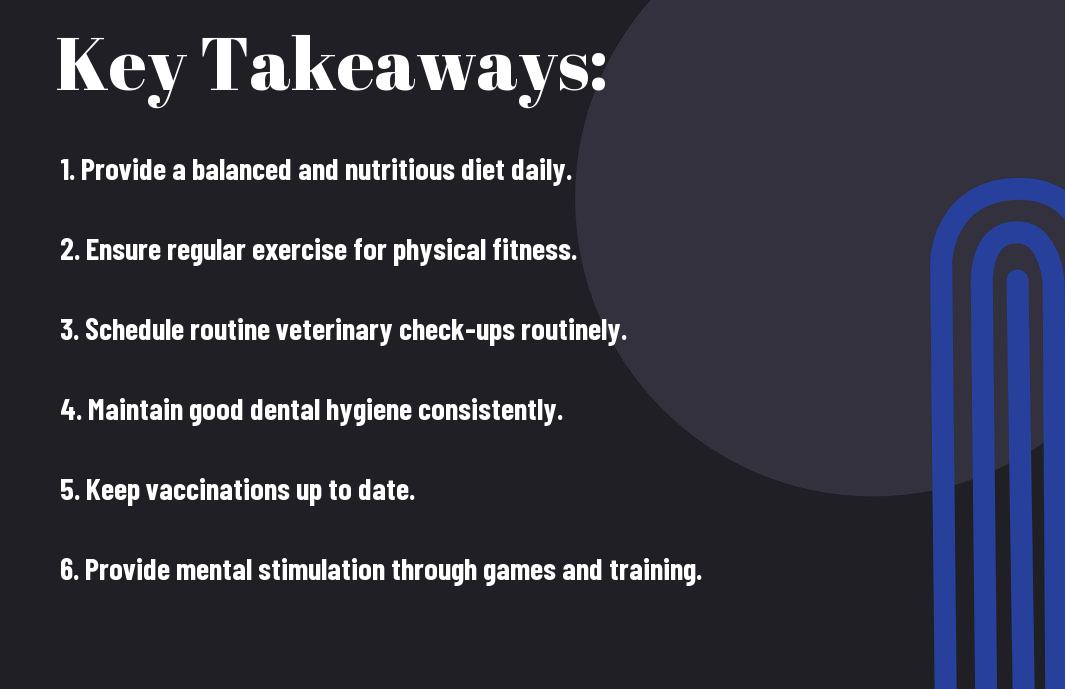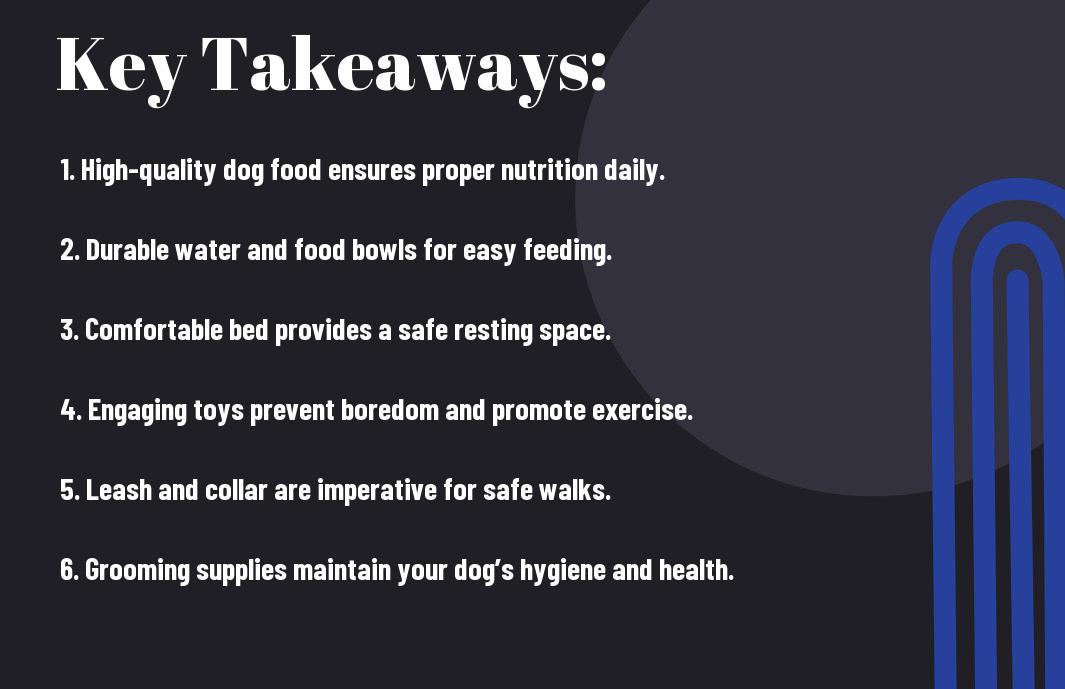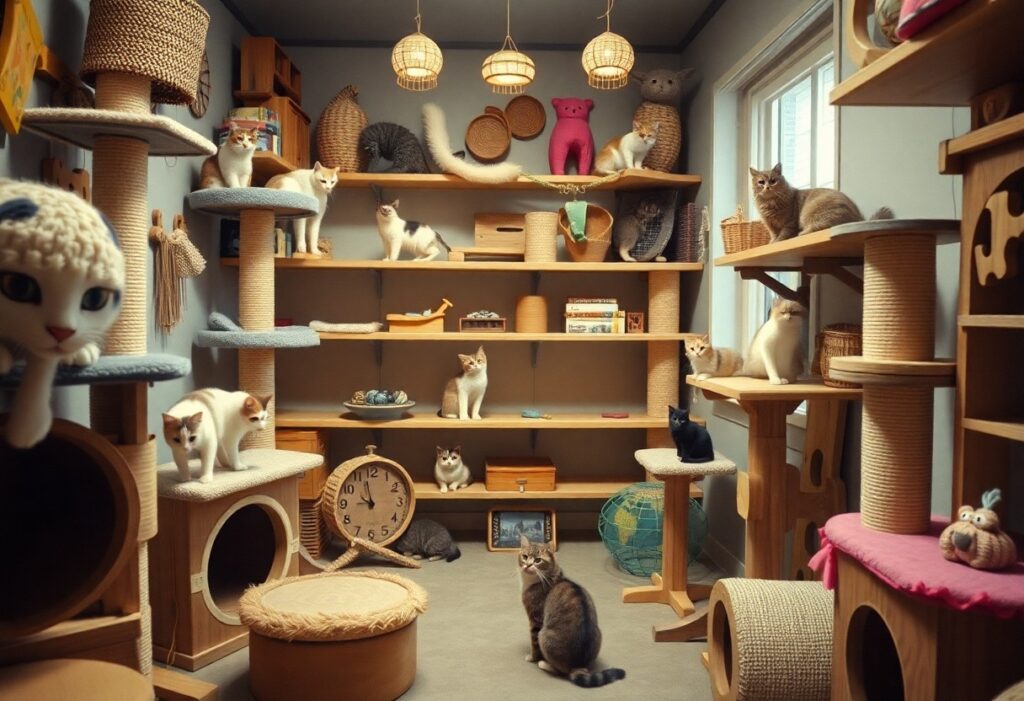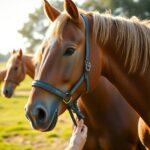Bird-safe environments are crucial for ensuring your feathered friends thrive in your home. By implementing a few simple yet effective measures, you can significantly reduce dangers such as toxic plants, sharp objects, and open windows. This guide will provide you with practical steps to create a space that nurtures both safety and well-being for your birds. From selecting safe materials to arranging your living space, you’ll learn how to build an indoor haven that keeps your avian companions healthy and happy.


How to Assess Your Indoor Space
To ensure the safety and well-being of your feathered friends, it is necessary to assess your indoor space thoroughly. This process involves looking at the room layout and identifying any potential hazards that could threaten your birds. By understanding these factors, you can create a safe, enjoyable environment for your pets.
Evaluating Room Layout
For a bird-safe indoor space, you should start by evaluating the room layout. Consider how much space you have available for their cages, play areas, and safe perches, ensuring that they are away from any potentially dangerous zones. Birds need plenty of room to fly and explore, so a clutter-free layout is critical to their happiness and health. Aim to establish defined spaces for your birds to ensure they feel secure while having enough room to stretch their wings.
For instance, placing their cages near windows can provide them with natural light and stimulation from the outside world, but be mindful of direct sunlight, which could overheat their environment. Think about the accessibility of food and water sources, as well as the distance from any high-traffic areas in your home that may cause stress to your birds.
Identifying Potential Hazards
There’s no shortage of potential hazards in your home that could affect the safety of your birds if not carefully managed. Pay close attention to items such as toxic plants, sharp objects, and cleaning supplies that may be on display. Removing these hazards is the first step toward creating a secure environment for your birds.
Your awareness of these dangers is vital to protecting your feathered friends. Common household items, like candles, air fresheners, and even certain types of cookware, can be harmful due to toxic fumes when heated or burned. Always ensure that any potentially dangerous substances are stored securely out of reach or replaced with bird-safe alternatives. Additionally, monitor the window and balcony access points; using secure screens can prevent unwanted escapes while keeping your indoor space breathable. Being proactive in these areas will create a more harmonious living space for you and your birds.

Tips for Creating a Safe Environment
Assuming you want to create a sanctuary for your feathered friends, there are several key strategies you’ll want to implement. Crafting an environment that prioritizes your birds’ well-being will help promote their physical and emotional health. Here are some vital tips to ensure that your indoor space is safe:
- Pay attention to air quality and avoid fumes from strong cleaners or chemicals.
- Select bird-friendly furniture that minimizes injury risks.
- Opt for non-toxic plants to enrich your space safely.
- Work to minimize noise and stress in your household.
Assume that by following these tips, your indoor space will be a happy, healthy haven for your birds.
Selecting Bird-Friendly Furniture
Even though it may seem trivial, the type of furniture in your home can significantly affect your birds’ safety. Avoid pieces with sharp edges, like glass coffee tables, which can lead to injury. Opt for furniture that features rounded corners, and consider materials that are durable and easy to clean, such as wood or plastic, as they minimize the risk of splinters or other hazards.
Additionally, be vigilant about the materials and finish used on your furniture. Stay away from items that contain harmful substances like formaldehyde or toxic paints. Choose furniture made with safe materials that prioritize the health of your flying companions while also being easy to maintain.
Choosing Non-Toxic Plants
BirdFriendly indoor plants can add beauty and fun to your space, but it is crucial to choose species that will not harm your feathered companions. Make sure to research the safety of any plant before bringing it home, as some can be toxic to birds. Popular non-toxic options include certain species of bamboo, spider plants, and palm trees that can enhance both air quality and aesthetics.
Another important aspect of incorporating plants into your bird-safe environment is avoiding chemicals. Ensure that you do not use pesticides, fertilizers, or aerosols that could impact your birds’ health. Over time, maintaining a well-curated collection of bird-safe plants can create a vibrant space that benefits both you and your birds positively.
Minimizing Noise and Stress
Noisy environments can stress your birds, leading to potential health issues. Noise often comes from household electronics, loud conversations, or external factors like traffic or construction. To promote a calming atmosphere, consider relocating your bird’s cage to a quieter part of your home where these disturbances can be minimized. Additionally, consider playing soft music or employing white noise machines to help drown out sudden, loud sounds that might alarm your birds.
Tips for achieving a stress-free environment also include maintaining a predictable daily routine for feedings and interactions, which can help your birds feel more secure. Keep an eye on signs of stress, such as excessive squawking or feather plucking, and take note of the specific stressors that may be impacting your birds’ well-being. Addressing these factors will lead to a happier atmosphere for both you and your avian companions.
Essential Factors for Bird Safety
Keep in mind the following imperative factors to ensure your indoor space remains safe for your feathered companions:
- Air Quality
- Temperature
- Humidity
- Lighting
The right environment contributes significantly to the well-being and safety of your birds.
Air Quality Considerations
Safety in terms of air quality is paramount for your birds as they are particularly sensitive to airborne toxins and pollutants. Ensure that your indoor space is well-ventilated and free from harmful substances such as tobacco smoke, aerosol sprays, and strong cleaning agents, as these can have detrimental effects on their respiratory systems. Additionally, consider using air filters that specifically target pet dander and other allergens to maintain a clean air environment.
Regularly inspect for any potential hazards like mold, which can release toxins that may harm your birds. Furthermore, you should also avoid using scented candles or air fresheners, as these can contain chemicals that are hazardous to birds. Establishing a routine for monitoring and improving your indoor air quality can help preserve your birds’ overall health.
Temperature and Humidity Control
Factors influencing temperature and humidity levels are crucial in providing a comfortable environment for your birds. Ideally, the indoor temperature should be maintained between 65°F and 80°F (18°C to 27°C), while humidity levels should hover around 40-60%. Extreme temperatures and humidity fluctuations can stress your birds and lead to health issues.
Temperature and Humidity Control Factors
| Temperature Range | 65°F to 80°F (18°C to 27°C) |
| Humidity Level | 40% to 60% |
It is vital to use thermometers and humidity monitors within your birds’ living area to keep track of these variables. If your home experiences frequent temperature fluctuations or if it is particularly dry or humid, consider using space heaters, fans, or humidifiers to regulate the climate. Always ensure that any appliances used do not pose additional hazards, such as overheating.
Lighting and Sun Exposure
Factors influencing lighting should not be overlooked as they significantly impact your birds’ well-being and natural behaviors. Providing natural, indirect sunlight is ideal, as it helps maintain your birds’ circadian rhythms. Direct exposure to sunlight can be beneficial to a degree but must be balanced to avoid overheating or sunburn. Proper artificial lighting should mimic the natural light cycle and ensure that your birds receive adequate UV exposure without the risk of too much direct sun.
Exposure to proper lighting will not only provide a healthy environment but will also facilitate imperative activities such as foraging and social interaction. When choosing light sources, opt for full-spectrum lighting that supports their physical health and helps in vitamin D synthesis, which is crucial for calcium metabolism. Keep in mind that excessive exposure to direct sunlight can lead to stress and overheating in birds, so ensure your indoor space has shaded areas for them to retreat.
Moreover, ensure that any windows or glass doors are safely secured to prevent accidents and potential injury. You want to create an environment that only enhances their life but also maintains their safety.
Summing up
As a reminder, creating a bird-safe indoor space is crucial for the well-being and happiness of your feathered friends. By ensuring that your environment is free from potential hazards, such as toxic plants, open windows, and dangerous objects, you are taking important steps to protect your bird. Regularly assessing your home for safety and tailoring your space to meet the specific needs of your species will not only keep them safe but also encourage mental stimulation through interactive toys and activities.
Incorporating natural elements, such as perches and climbing opportunities, along with maintaining a consistent cleaning routine, will contribute to a healthy indoor habitat. Note, the key to a safe environment lies in your proactive approach. By prioritizing safety and enrichment in your home, you will foster a nurturing atmosphere where your bird can thrive, ultimately enhancing your bond and making for a happier pet experience.
FAQ
Q: What steps can I take to create a bird-safe indoor space?
A: To create a bird-safe indoor space, start by bird-proofing windows and mirrors with curtains or window films that prevent birds from flying into them. Ensure that there are no toxic plants within reach, as some common houseplants can be harmful. Secure electrical cords and ensure that any small objects that could be ingested are out of reach. Consider providing a safe, spacious area equipped with perches, toys, and safe materials for enrichment to keep your bird entertained and stimulated.
Q: Are there specific types of materials I should avoid when creating a bird-safe environment?
A: Yes, when designing a bird-safe environment, avoid materials that can be harmful to birds. These include treated woods, certain types of plastic, and non-bird-safe metals that can cause poisoning. Additionally, be cautious with non-stick cookware, as overheated non-stick surfaces can emit fumes that are lethal to birds. Always opt for bird-safe materials for perches and toys, such as untreated wood or natural fiber materials.
Q: How can I manage household hazards to prevent them from affecting my bird’s safety?
A: To manage household hazards, keep chemicals and cleaning supplies securely stored away and out of reach of your bird. Use bird-safe cleaners and avoid aerosol sprays or air fresheners that can be harmful. Be mindful of open flames, such as candles, fireplaces, or stovetops, as the smoke and heat can be dangerous. Regularly check your indoor environment for any potential hazards, and establish a routine to ensure all areas are safe and secure for your feathered friend.










